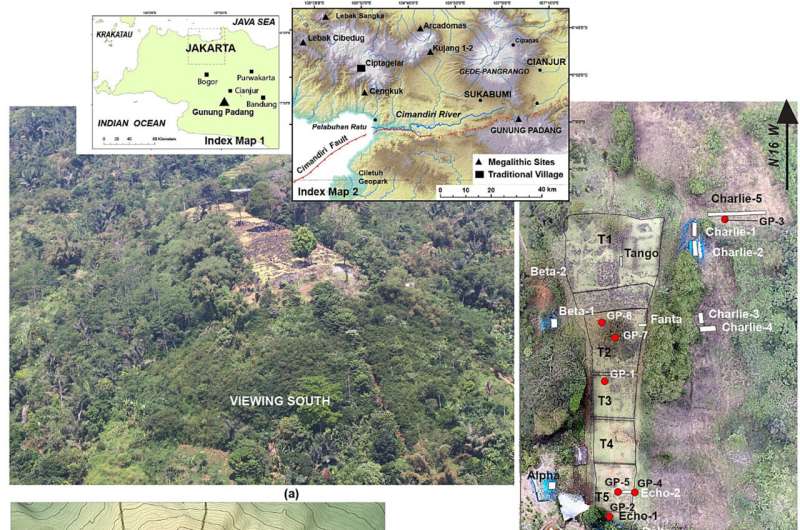A collaborative team of archaeologists, geophysicists, geologists, and paleontologists associated with various Indonesian institutions has uncovered compelling proof establishing Gunung Padang's status as the oldest pyramid globally. Their findings, detailed in a paper published in the journal Archaeological Prospection, stem from an extensive, multi-year examination of the cultural heritage site.
Situated atop an extinct volcano in West Java, Indonesia, Gunung Padang has long been revered as a megalithic structure and deemed sacred by locals, leading to its designation as a cultural heritage site in 1998. The hill's nature has sparked historical disagreements, with some positing a natural origin embellished by human additions, while others contend that substantial evidence supports the hill being entirely or predominantly man-made.

In this recent investigation, the research team undertook a comprehensive scientific analysis of the structure. Between 2011 and 2015, they employed seismic tomography, electrical resistivity tomography, and ground-penetrating radar to scrutinize the site. Additionally, core samples obtained through drilling allowed them to utilize radiocarbon dating techniques, revealing the ages of the hill's stratified layers.
Upon scrutinizing the amassed data, the researchers identified clear indications that Gunung Padang was predominantly constructed by human hands. They also discerned evidence pointing to the structure's phased construction, spanning millennia. Notably, the older segments were fashioned between 25,000 and 14,000 years ago, establishing it as the world's oldest known pyramid.
The research team uncovered traces of various construction phases, culminating in a finished structure. Initially, sculpted lava constituted the foundation, with builders carving shapes onto the summit of a dormant volcano. Subsequently, around 7900 to 6100 BCE, another group added a layer featuring bricks and rock columns. Later, an additional layer of dirt obscured some earlier elements. Between 2000 and 1100 BCE, yet another group introduced topsoil, stone terracing, and additional components.
Moreover, the researchers identified potential hollow spaces within the structure, hinting at concealed chambers. Their future plans involve drilling into these areas and deploying a camera to unveil the contents within.
More information: Danny Hilman Natawidjaja et al, Geo‐archaeological prospecting of Gunung Padang buried prehistoric pyramid in West Java, Indonesia, Archaeological Prospection (2023). DOI: 10.1002/arp.1912



















